Cultivating Roots Documenting the Underdocumented
Liliana Macias.
Cultivating Roots Documenting the Underdocumented
Cultivating Roots: Documenting the Underdocumented is a digital storytelling collage that utilizes sound and images to explore the praxis of cultivating roots as an archival practice. Like complex root systems, this digital collage weaves personal and established histories of Chicago towards an understanding of centering a praxis of care in cultural work. It is intentionally reproducible utilizing everyday technology like cell phones and free graphic design websites. The digital storytelling collage was designed to be seen and heard, read and seen, heard and read to showcase the multitude of forms in which Latine communities experience Chicago depending on their level of access to the city…lets begin.
Cultivating Roots is a praxis that challenges singular power structures of ownership in cultural preservation and reimagines the powerful potential of communities telling and collecting their own histories. It is a practice whose roots are in the unique experiences of Latine scholars, educators, and cultural workers in the city of Chicago.
Border Crossing: When I was 6 years old I walked across a desert, almost lost a sibling in the Rio Grande river, and eventually crossed the Mexico-U.S border. I don’t remember much of the journey except that after days of walking my mother, who was carrying my 3-year-old brother, was so tired she sat on a rock to rest and didnt feel when ants began to crawl up her leg. I squatted next to her and began to pick them off of her one by one under the scorching Texas sun.

Welcome to Chicago!: After we crossed the border, my family and I made our way to Chicago and settled in the Back of the Yards neighborhood, a Mexican barrio in the south side of the city. Before it was a Mexican barrio it was the home of German, Polish and Irish immigrants who worked in the infamously dangerous Union Stockyards of Chicago. But by the time that Mexicans came to Chicago the stockyards were long closed and the once vibrant industrial corridor was on decline. But Mexican immigrants build their own informal economies like the local flea market Swap-O-Rama. When I think about growing up in Chicago I think of the sounds of Swap-O-Rama :::LISTEN:::
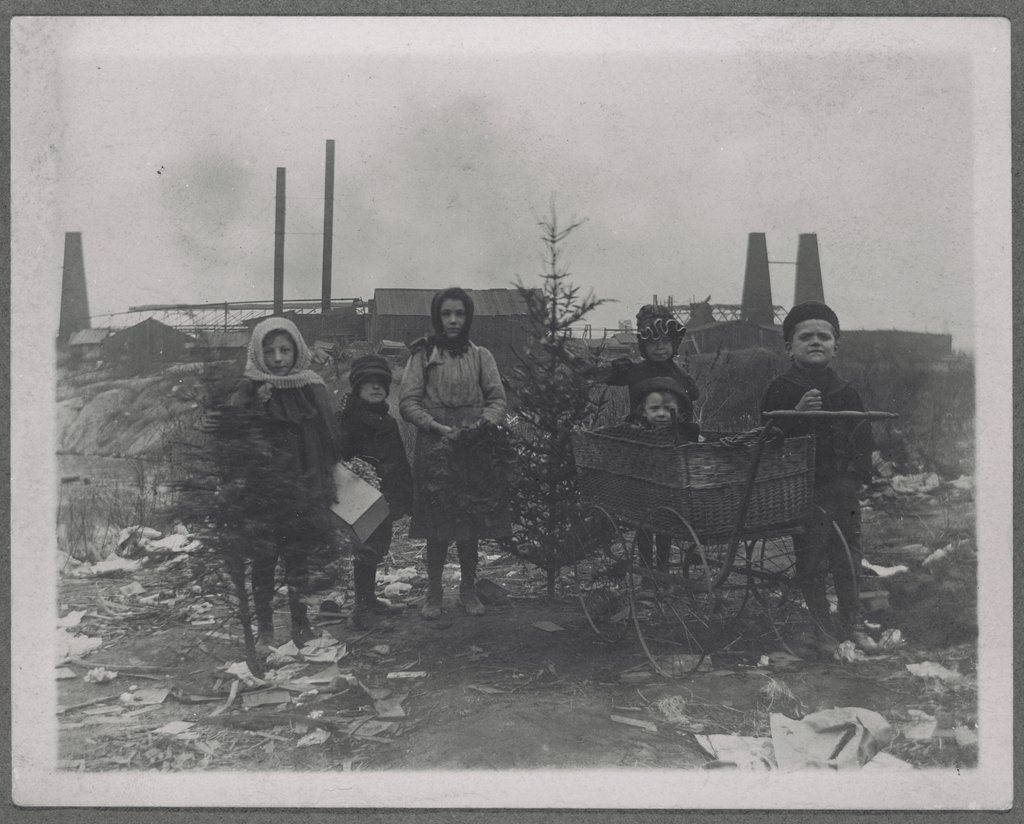

The Undocumentables: Living in Chicago is both a beautiful and painful experience. Years of segregation built into the infrastructure of the city has created a system of divestment that mostly affects Black and Latine people. Of the many dire effects that divestment has had on both communities for Latine people, it has made us under-documented communities. And for those of us who are undocumented immigrants it has made us virtually un-documentable ghosts, shadows in all of the industries that are dependent on our exploitable labor. At the age of 12 I did not fully understand what it meant to be an undocumented immigrant but at that age I discovered my love for books…in particular books about history.
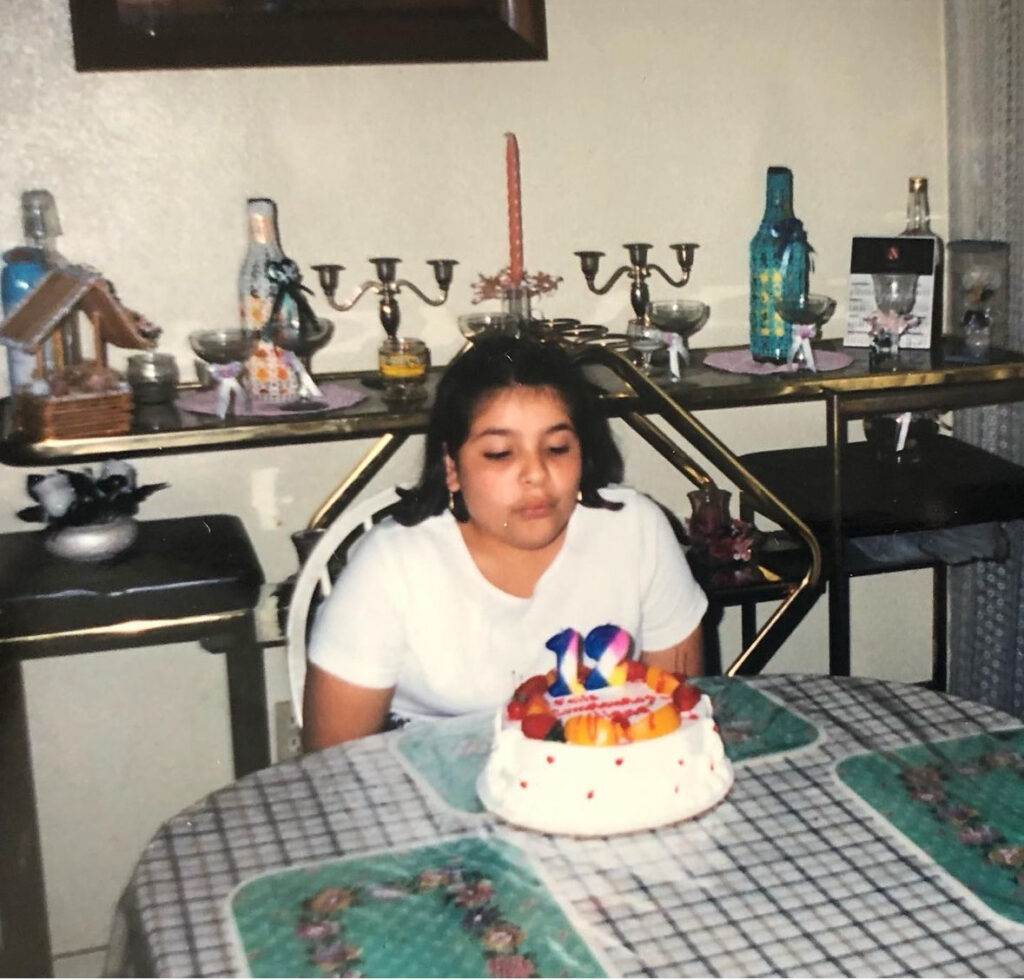
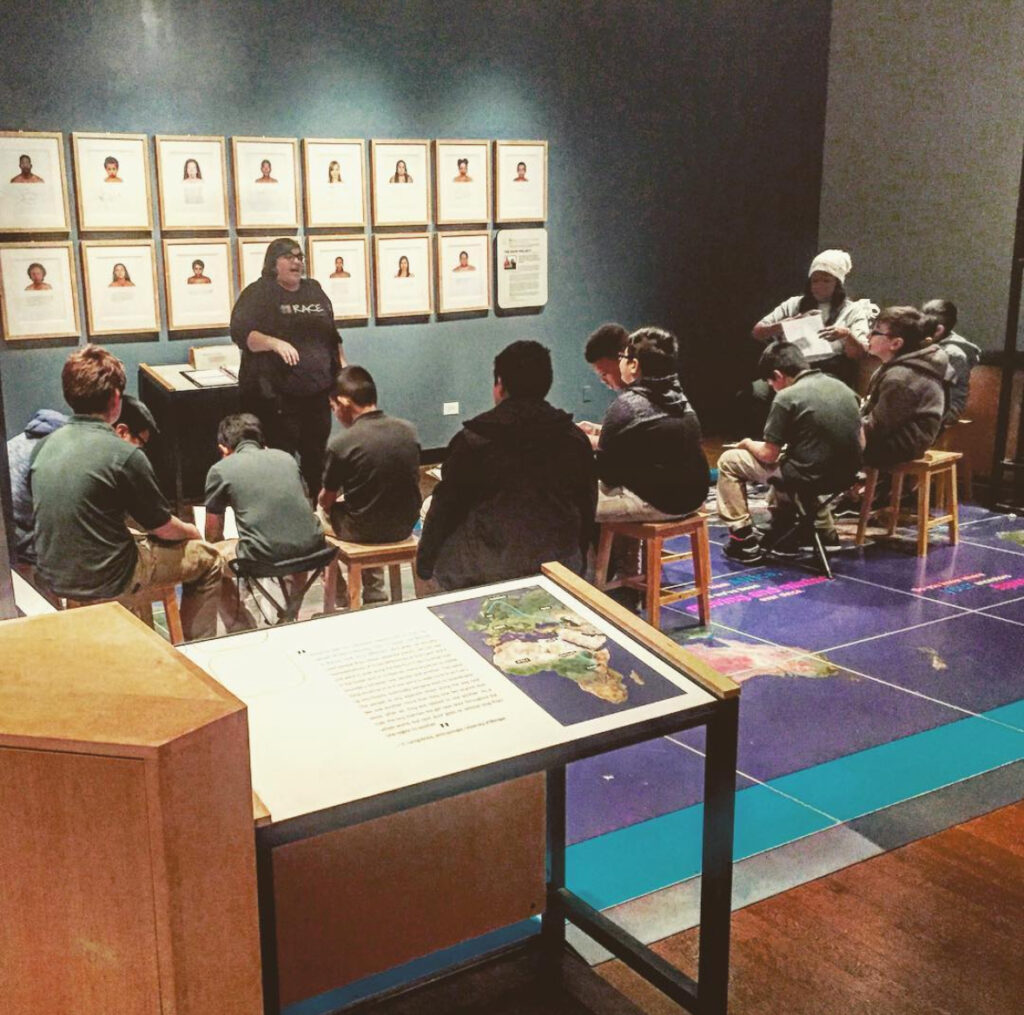
Cultivating Raices Chicago Story Coalition: My love for literature and of history allowed me to dream of futures beyond the limitations of my undocumentedness. I found in history the ephemeral roots of liberation and in literature the creative craft of radical re/imagination. Together they led me down meandering paths where I found others who like me saw the potential of a praxis of cultivating roots. In January of 2024, three accomplices and I established Raices Chicago Story Coalition, a capacity building organization that focuses on the cultivation and telling of Chicago Latine stories. Though ready to do the work, we understood that we needed to reconfigure the archive. After all, colonial systems were not created to benefit colonized peoples and so we asked ourselves a simple question: How do you document the under and un-documented?
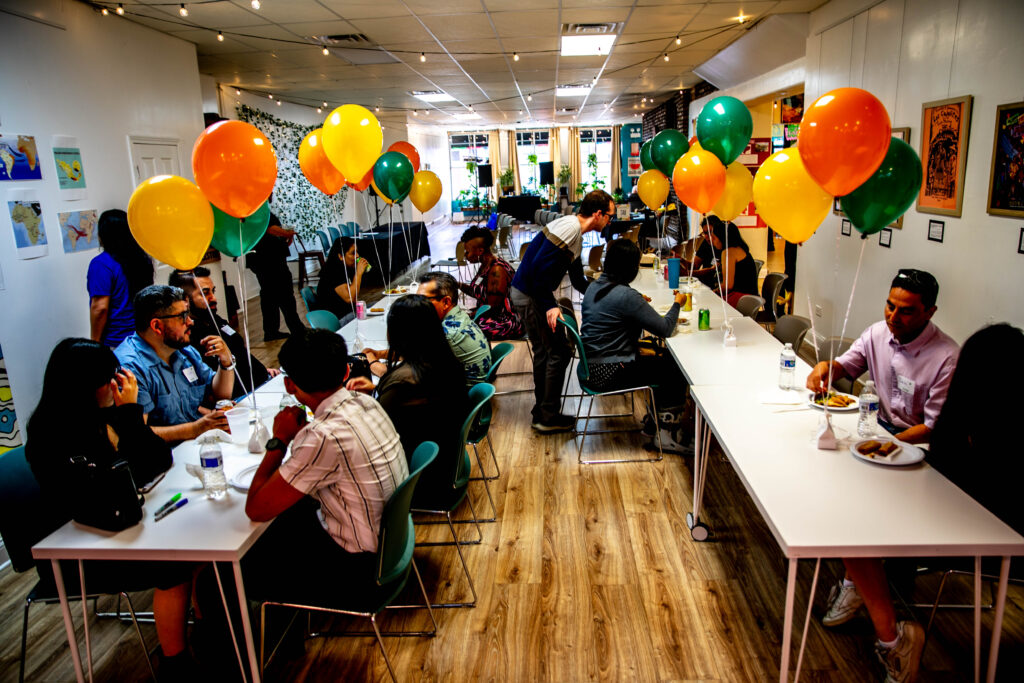
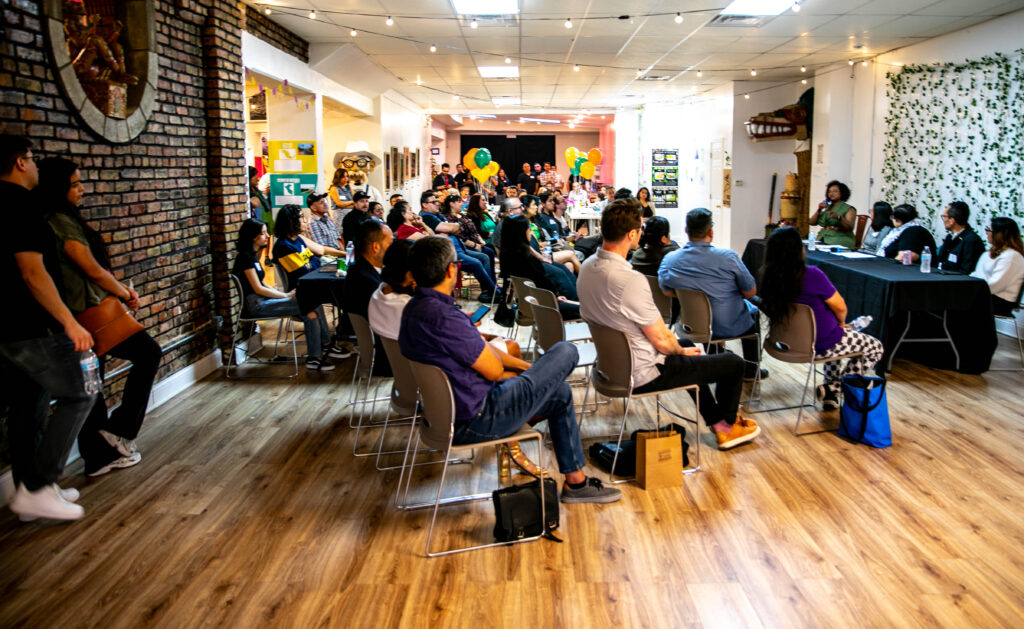
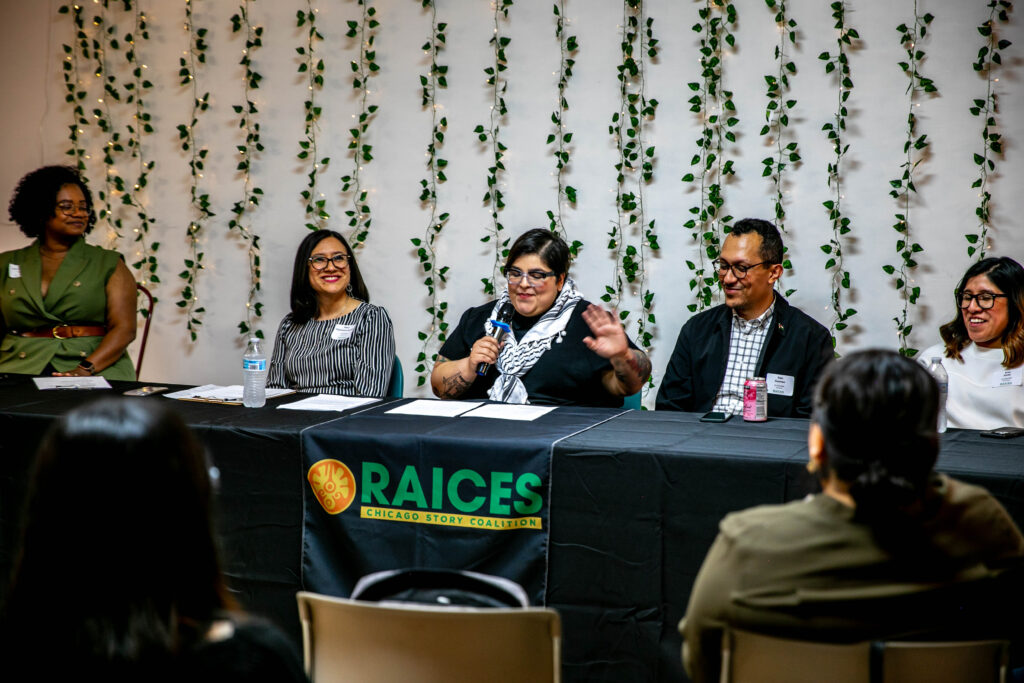
Finding the Raices: We found our answer in history: Cultivation work is an embodied practice informed by histories of Black abolitionist pedagogy, Indigenous decolonial practice, anti-capitalist labor resistance, disability justice, feminist and queer liberation across the continent now known as the Americas and the Caribbean. Cultivation work is deeply personal because culture is enacted by bodies and it lives in the body. It recognizes that knowledge and stories are deeply embedded in our bodies as THE primary sites of cultural productions. Cultivation work moves beyond the practice of collecting and preserving culture, beyond the possibilities of archives and collections, and into the deep desire for the well-being of Latine communities in the now. Cultivation work challenges the static preservation and collection of culture for one that is rooted in the collaborative care of people.
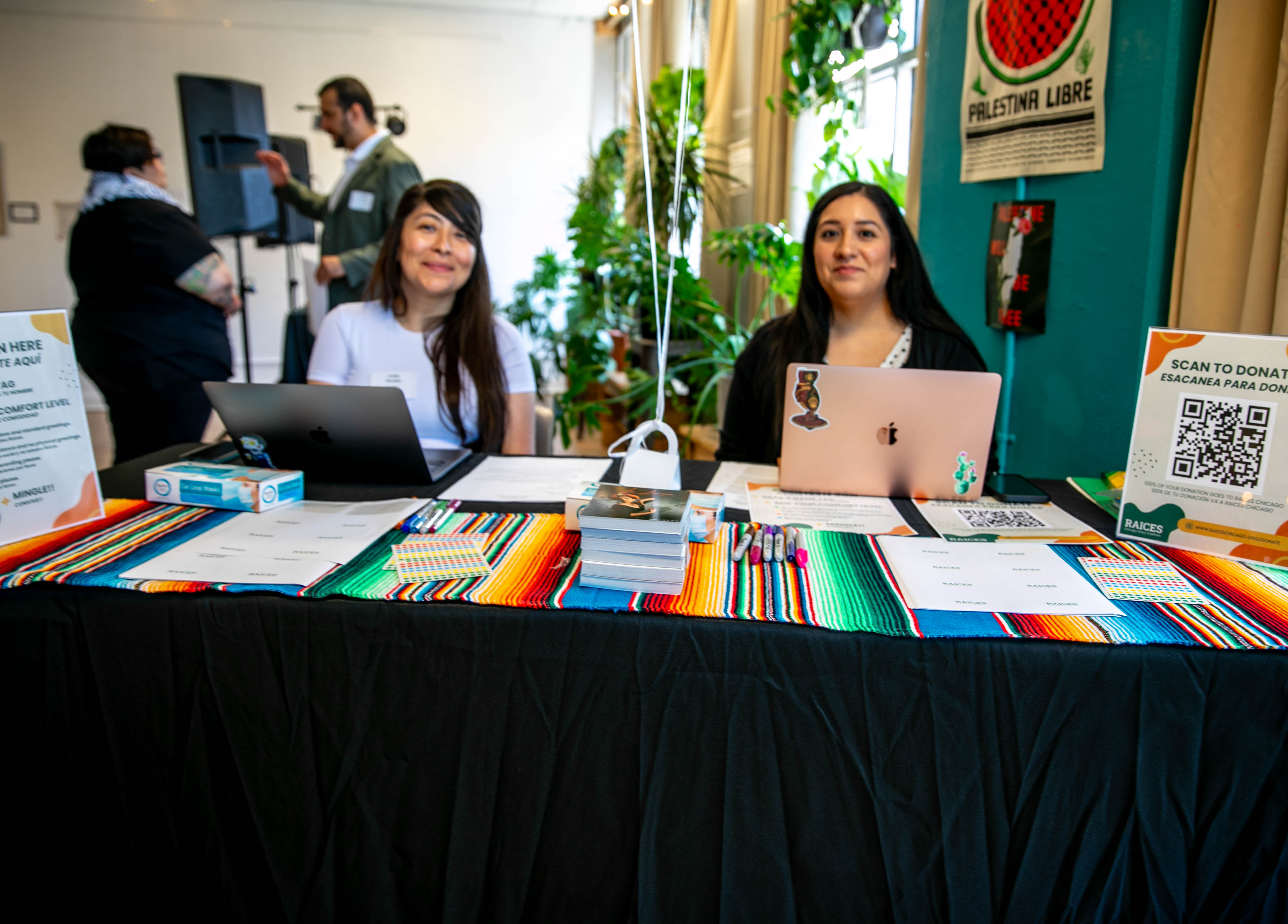
A Cultivation Praxis:
• Cultural Cultivation- We prioritize storytelling over the static collection of artifacts to ensure the cultural longevity of our communities.
• Communal Cultivations- Within the Latine community we understand our role as collaborators working towards the cultivation of Chicago’s Latine cultures. Outside the Latine community we foster cross-cultural connections to counter silos of storytelling to share and learn from all communities of Chicago.
• Care Cultivations- We counter extractive practices of preservation and storytelling through trauma informed practices, shared authority models, and centering accessibility.
Cultivation Over Preservation: Raices Chicago was founded by Latines born and raised in the Chicagoland area. We are also educators, scholars, and cultural workers who have shaped their practice in various museums and cultural spaces of Chicago. We are committed to tell stories of Latine Chicago from the bottom up but also from within; a return to a communal stewardship of our cultural heritage!
Raices Co-founders as Children:
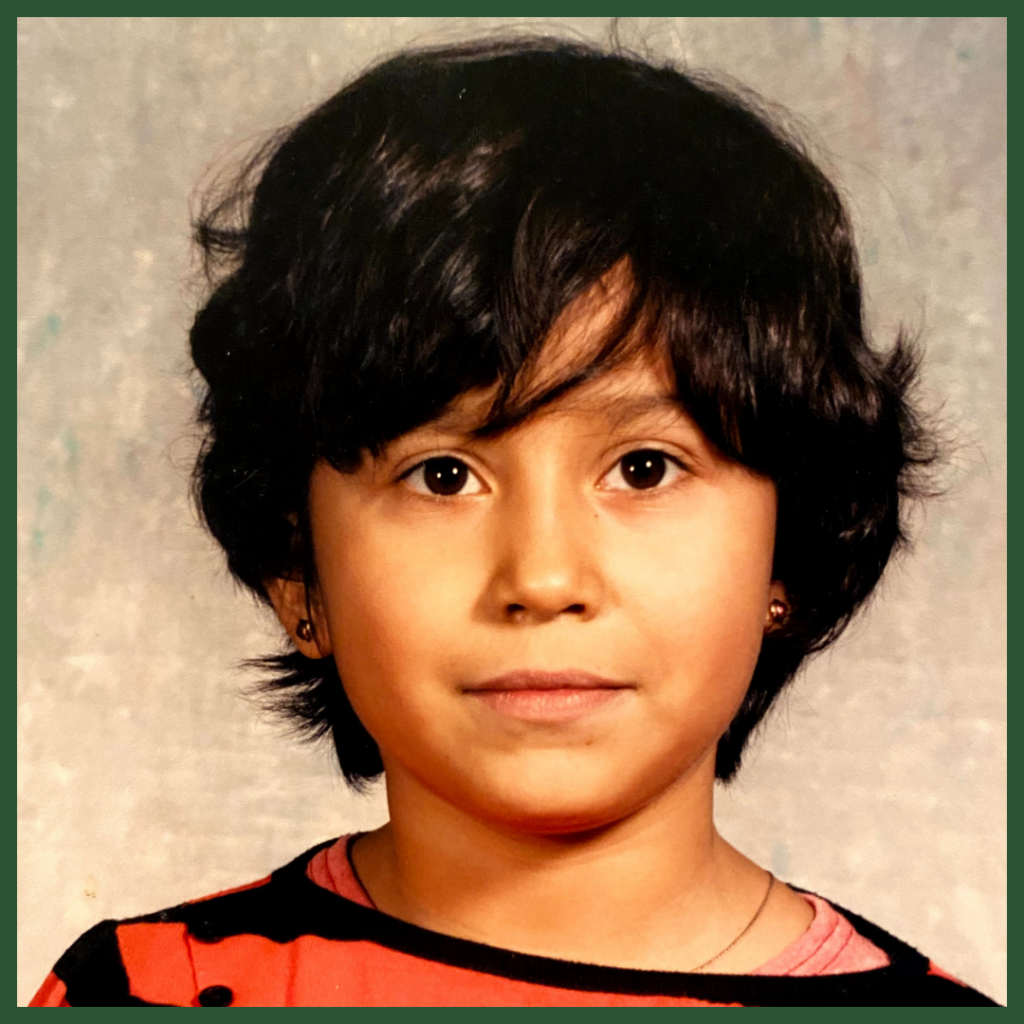
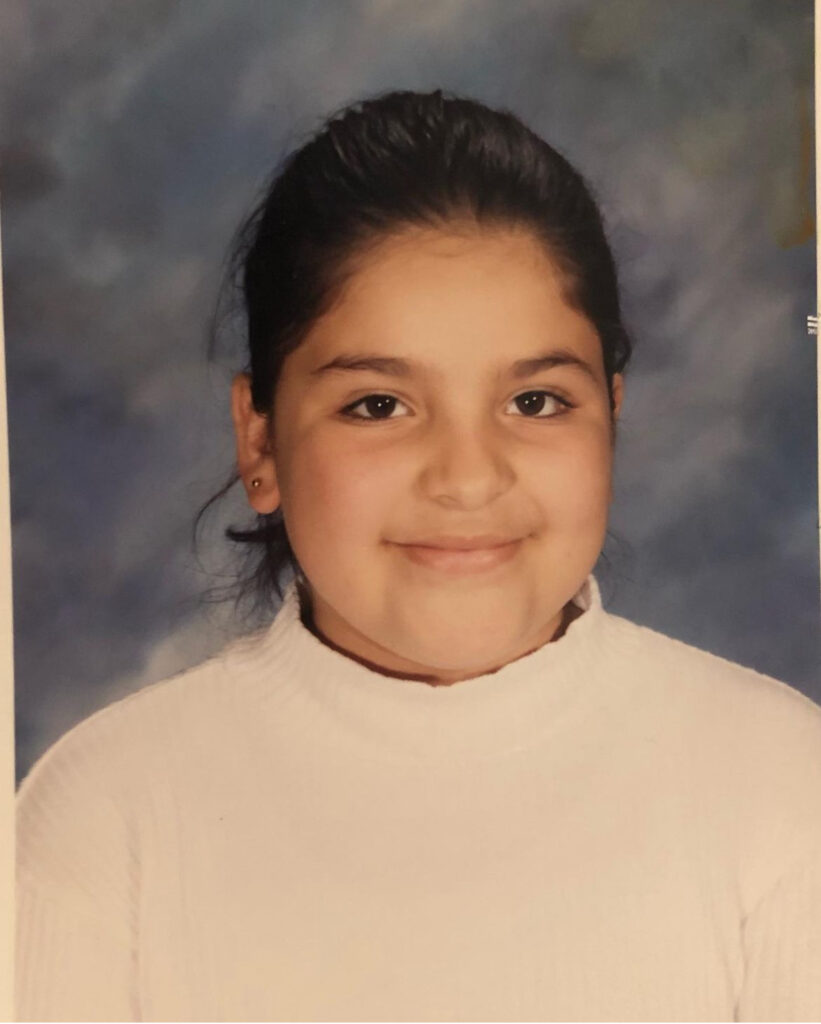
Liliana Macias (Age 12) 1999. Chicago, IL.
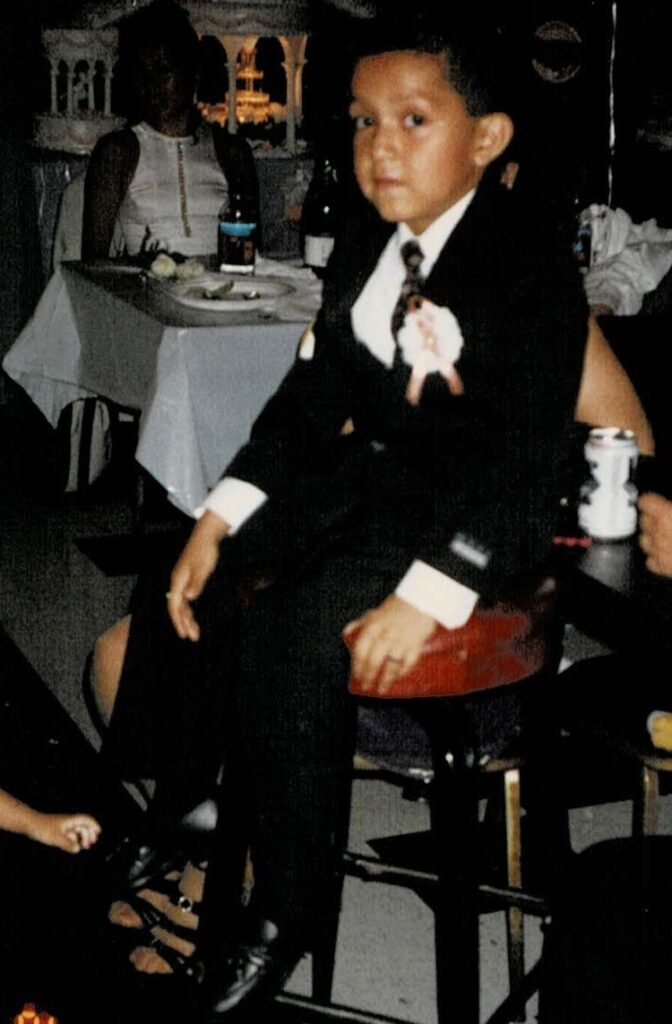
Ivan Guzman (Age 12) 1997. Joliet, IL
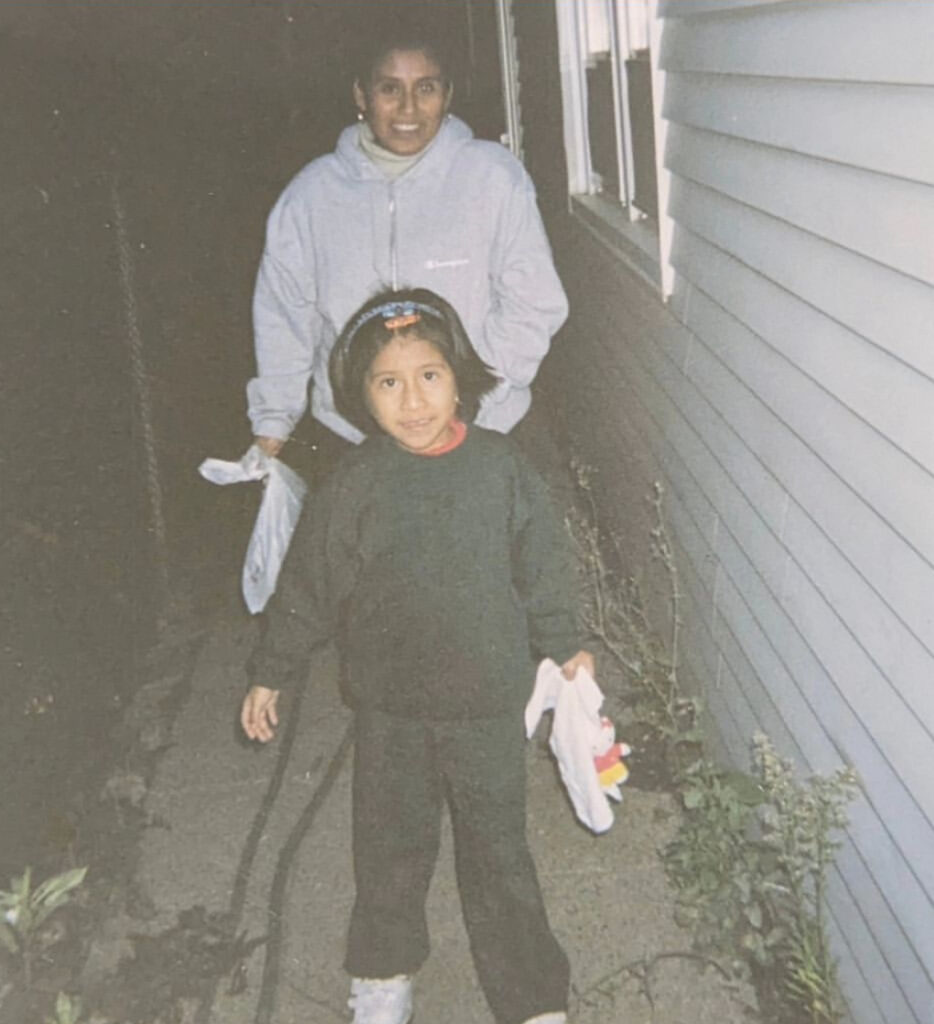
Ema Pinto (Age 6). 2001. Chicago, IL.

Liliana Macias is an educator, cultural worker, and scholar. As an educator she has formal teaching experience in higher education and K-12, curriculum development, and professional development for educators. She previously held a lecture position at Northeastern Illinois University in the Women’s, Gender and Sexuality studies department. As a cultural worker, she has developed and managed education initiatives for museums and cultural centers, advised and led exhibition curation, and developed public engagement programs. She also provides contract work to support local cultural institutions and events through strategic planning and community centered program development models. In January 2024, Liliana co-founded Raices Chicago Story Coalition, a non-profit that collaborates with Latine organizations and communities of Chicago to preserve the visibility and accessibility of these stories. Liliana is a four-year PhD student in the History at the University of Illinois Chicago where she is studying the queer cultural histories of Latines in Chicago.


Leave a Reply